History
The current war in South Kordofan began in mid-2011, but civil wars have been raging across Sudan since its independence in 1956. Below is a brief history of Sudan and the conflict in the Nuba Mountains.
.
-
1899
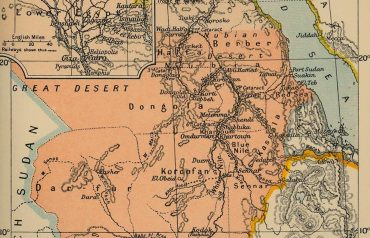
The Anglo-Egyptian Condominium over Sudan is established after a joint Egyptian and British force wrests control of Sudan from the Mahdi and his followers. Though ostensibly held jointly, Sudan is largely controlled by the British, who create separate administrations in the north and South, helping to entrench and deepen the divide between the two halves of Africa’s largest country. The separation exists in large part to stop the spread of Islam south towards Britain’s East African colonies.
-
1955
Members of the Sudan Defense Force in Torit rebel against the condominium government, sparking the First Sudanese Civil War in the South. The rebellion eventually gives birth to the Anyanya rebel army.
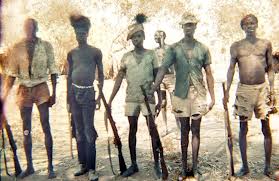
-
1956
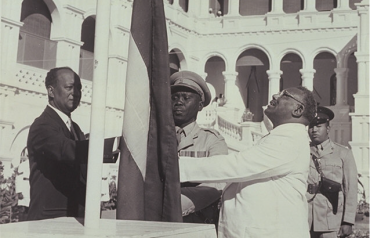
Sudan becomes an independent nation on January 1 while the insurrection in the south continues.
-
1972
The First Sudanese Civil war ends after Anyanya leaders sign a peace agreement with the Sudanese government in Addis Ababa, Ethiopia. The agreement provides the South with semi-autonomous status.
-
1974
Chevron is granted a concession by the Sudanese government to explore in South Sudan for oil. The corporation’s team discovers oil outside of Bentiu in 1978.
-
1983
The Addis Ababa agreement is suspended following a rebellion of southern troops in Bor. Dr. John Garang founds the Southern People’s Liberation Movement and Army in Ethiopia, launching the Second Sudanese Civil War.
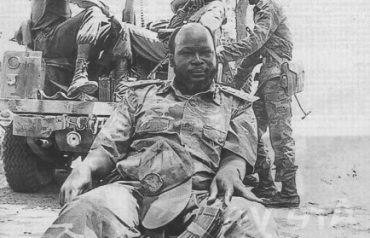
-
1984
Rebel troops attack a Chevron oil facility, killing several workers and prompting the corporation to suspend operations in Southern Sudan.
-
Nuban leader Yousif Kuwa Mekki joins the SPLM/A bringing South Kordofan into the civil war and laying the early foundations of the SPLM-North. Over the course of the war around hundreds of thousands, perhaps millions in the Nuba mountains would be forced to flee due to Khartoum’s policy of targeted campaign against the region’s civilian populations.
-
1989
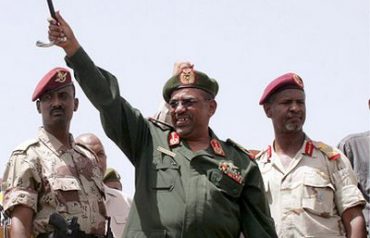
Army Colonel Omar al-Bashir takes power in a bloodless coup following decades of civil war and political instability in Sudan. Bashir’s government ends the parliamentary democracy and begins to enact Islamist policies. In 1996 he is relected president for a five-year term in what is essentially a one party election.
-
1999
Sudan exports first barrels of oil from Unity and Heglig oilfields along the border of northern and southern Sudan. The oil revenue helps Sudanese government fund its war against the SPLA and step up its use of aerial bombardment in the South. The government adopts a new strategy of pushing civilians out of oil-rich regions and other areas of strategic importance, such as the Nuba Mountains.
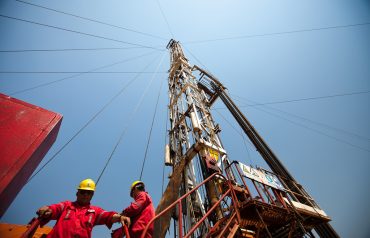
-
2002
The peace process begins in earnest as the SPLA and the Sudanese government agree to a ceasefire in the Nuba Mountains. The ceasefire paves the way to negotiations in Machakos, Kenya and the eventual signing of the Machakos Protocol as a roadmap to broader peace agreement.
-
2003
The war in Darfur begins as the government continues to negotiate peace with the South. The government employs many of the same tactics such as aerial bombardment and depopulation developed in the war with the South.
-
2005
The Comprehensive Peace Agreement is signed ending 21 years of civil war in Sudan. The agreement is designed to promote unity between North and South, but includes a provision allowing the south to vote secede after 6 years.
-
On July 30, 7 months after he signed the Comprehensive Peace Agreement, SPLA/M leader Dr. John Garang is killed in a helicopter crash in Southern Sudan following a meeting with Ugandan President Yoweri Museveni. Garang’s death ends any hope for a unified Sudan as southern leaders begin to actively support secession. Garang’s deputy Salva Kiir takes over as President of autonomous Southern Sudan.
-
2010
Sudan holds its last general election as a unified country. Sudan’s ruling National Congress Party wins 323 of the 450 seats in parliament while the SPLM takes 99. President Bashir is reelected with nearly 70 percent of the vote though SPLM candidate Yasir Arman withdraws from the race over concerns of vote rigging. Salva Kiir is elected President of the autonomous south. In South Kordofan SPLA commander Abdelaziz al Hilu loses the gubernatorial election to NCP candidate Ahmed Haroun. Al Hilu rejects the results, saying the vote was rigged. SPLA commander Malik Aggar is elected governor of Blue Nile state.
-
2011
January 9: As the final provision of the Comprehensive Peace Agreement, Southern Sudan holds a referendum on independence and chooses to break away from Sudan with 99 percent of the vote. CPA, however, leaves Blue Nile and South Kordofan in Sudanese territory, despite most of the regions’ people having fought with the south.
-
June 5: SPLA troops in South Kordofan clash with Sudanese troops in Kadugli, reigniting the civil war in South Kordofan. Tensions in South Kordofan and Blue Nile were building for months following an order issued by Sudanese military leadership for SPLA troops in Blue Nile and South Kordofan to withdraw into South Sudan. In August, Blue Nile Governor and SPLA commander Malik Agar is removed from office, intensify the conflict there.
-
July 9: South Sudan becomes an independent nation, formalizing the separation with its former comrades-in-arms Blue Nile and South Kordofan. The SPLA/M organization in those states become the SPLA/M-North, but maintains an unofficial military and political links with South Sudan
-
November 12: The SPLM-North in Blue Nile and South Kordofan, the Justice and Equality Movement and the Sudan Liberation Movement in Darfur form the Sudan Revolutionary Front. The groups agree to a unified political and military approach to regime change in Sudan.
